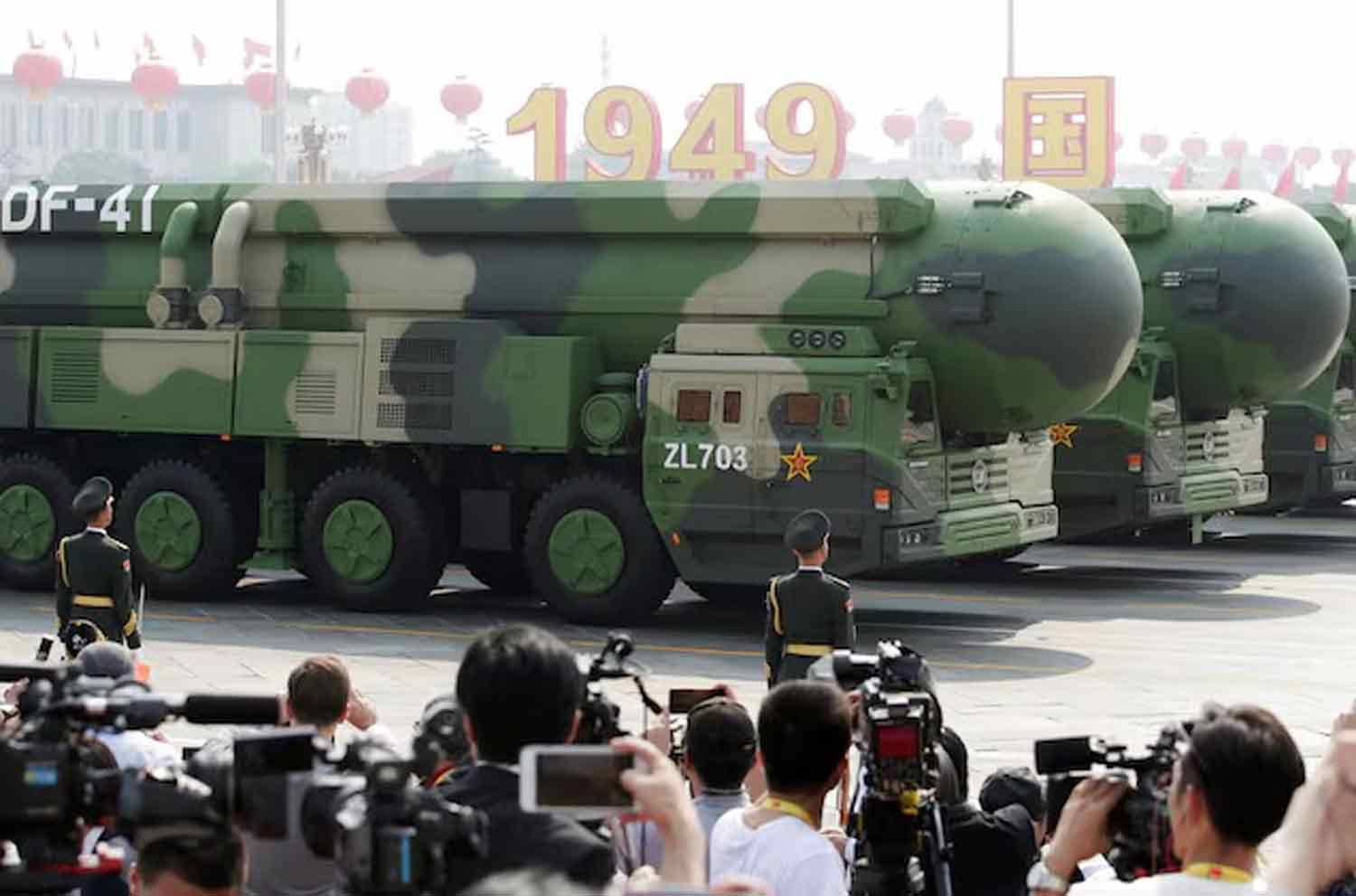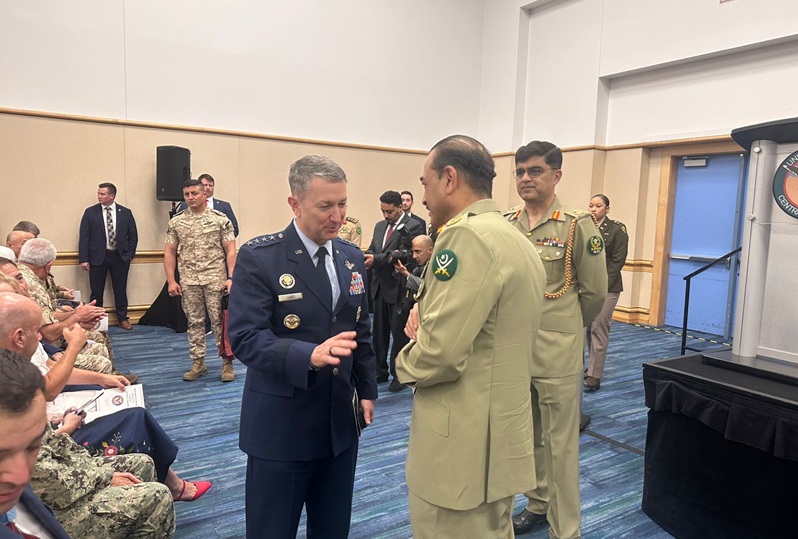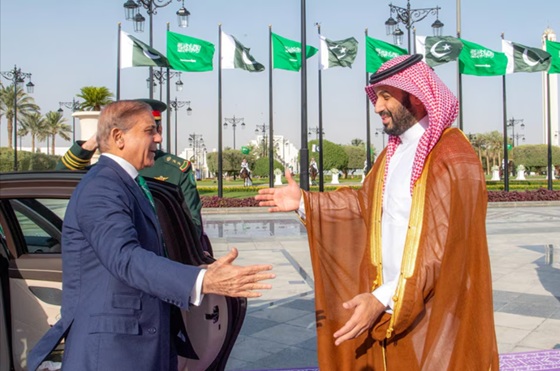In the past ten days, a series of transformative events have accelerated the formation of a new global governance system, marking a once-in-a-century shift in international relations. This emerging system, driven by China and Russia, prioritizes trade, connectivity, development, prosperity, and equality among nations, operating under the United Nations framework. With 80% of the world’s population—primarily the Global South—aligning with this vision, it stands in stark contrast to the Global North’s Cold War-era balance-of-power politics, led by the United States under an “America First” policy. Here are the five pivotal events driving this seismic change.
1. SCO Summit: China’s Global Governance Vision Takes Shape
On September 1, 2025, the Shanghai Cooperation Organization (SCO) summit in China unveiled President Xi Jinping’s Global Governance Initiative, signaling a bold expansion of China and Russia’s ambitions beyond the Asia-Pacific to the entire Global South. The Asia-Pacific remains the focus until 2030, bolstered by initiatives like the Belt and Road’s economic belt, announced in 2013, which provides the shortest land route from Asia to Europe, mitigating China’s Malacca Dilemma. Additionally, the SCO announced a development bank, mirroring BRICS, with a 10-year development strategy through 2035. This move hints at a potential merger of these institutions for greater efficiency, cementing their role in the new global order.
2. Trans-Arctic Corridor: A Game-Changer for Global Trade
At the Eastern Economic Forum on September 5, President Vladimir Putin outlined the transformative potential of the Trans-Arctic Corridor, the shortest maritime route from the Pacific to the Atlantic via the Bering Strait. With year-round shipping now feasible without icebreakers, regularized trade through this corridor promises to unlock Russia’s $75 trillion in natural resources, doubling America’s reserves. This prospect has sparked global business interest, with even U.S. Vice President JD Vance advocating for trade with Russia. However, this shift could marginalize India, which has relied on its strategic role as a U.S.-backed counterweight to China in the Indian Ocean. By 2030, as Chinese trade pivots to the Arctic, India’s geopolitical leverage may diminish significantly.
3. China’s Military Might on Display
On September 3, China’s People’s Liberation Army (PLA) held a Victory Day parade in Beijing, showcasing a fraction of its advanced military capabilities. The display underscored the PLA’s readiness to meet its 2027 centennial goal of being capable of winning wars in the Western Pacific. This prompted U.S. Secretary of War Pete Hegseth to seek dialogue with his Chinese counterpart, who emphasized mutual trust and China’s core concern over Taiwan. Subsequent talks on September 10 between Marco Rubio and Wang Yi reaffirmed the need for strategic military communications, signaling a potential reduction in U.S.-China security competition in the Western Pacific. This shift has led Japan to significantly increase its defense budget, anticipating less reliance on American security guarantees.
4. U.S. Department of Defense Rebranded as Department of War
On September 5, President Trump announced the renaming of the U.S. Department of Defense to the Department of War, reflecting a shift from a defensive to an offensive posture. This reorientation targets the growing influence of China and Russia in the Western Hemisphere, challenging the 1823 Monroe Doctrine, which prohibits foreign influence in the Americas. With 22 of 32 Latin American and Caribbean nations joining China’s Belt and Road Initiative, and countries like Brazil and Mexico forging strong economic ties with China, the U.S. faces a diminishing regional hegemony. The renaming also signals a focus on countering advanced threats like China’s hypersonic weapons and fractional orbital bombardment systems, necessitating a restructured North American Aerospace Defense Command (NORAD).
5. Shifting Global Alliances and the Decline of U.S. Influence
The Ukraine war’s nearing end, with U.S. military funding to Europe slashed by 15 times by 2026, underscores America’s pivot inward. Vice President Vance has emphasized business opportunities with Russia, signaling a potential thaw in relations. Meanwhile, NATO’s relevance wanes without U.S. support, as Europe lacks the resources to sustain it independently. In the Middle East, U.S. foreign policy appears dictated by Israel’s actions, alienating the Global South, which views America and Israel as destabilizing forces. Conversely, China and Russia are seen as stabilizing powers, fostering a new world order rooted in development and equality.
Implications for the Future
By 2030, the global landscape will likely see the U.S. focusing on securing its Western Hemisphere backyard, while China and Russia consolidate their influence through trade and connectivity initiatives like the Trans-Arctic Corridor and Belt and Road. For nations like India, the shifting dynamics pose challenges, particularly with initiatives like the India-Middle East Economic Corridor losing traction. As the Global South rallies behind this new governance model, the world is witnessing a rapid reconfiguration of power, with China and Russia at its helm, promising a future of equitable development but also complex geopolitical realignments.
Discover more from Defence Talks | Defense News Hub, Military Updates, Security Insights
Subscribe to get the latest posts sent to your email.





